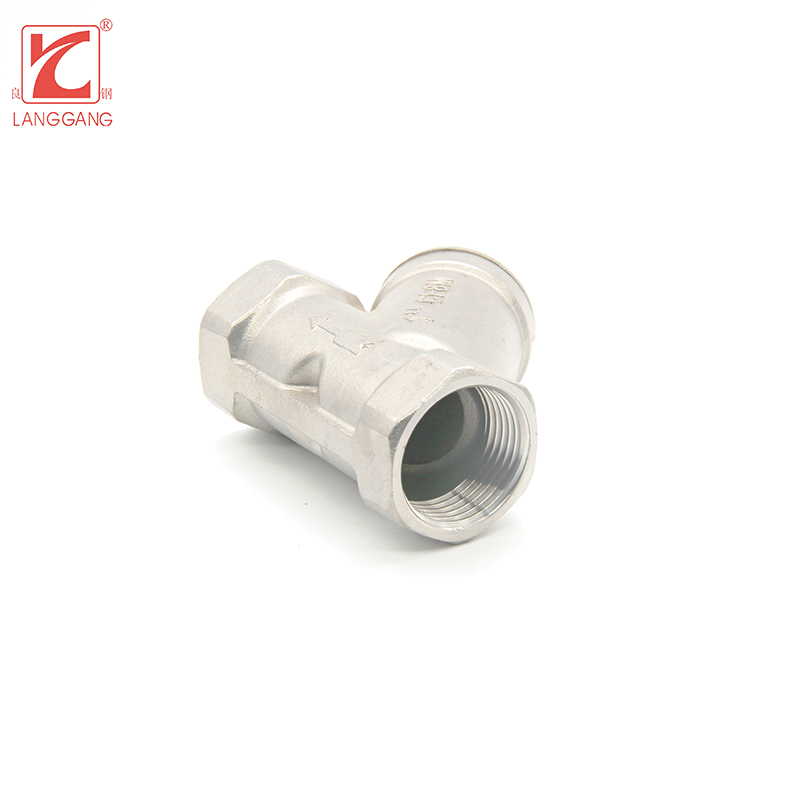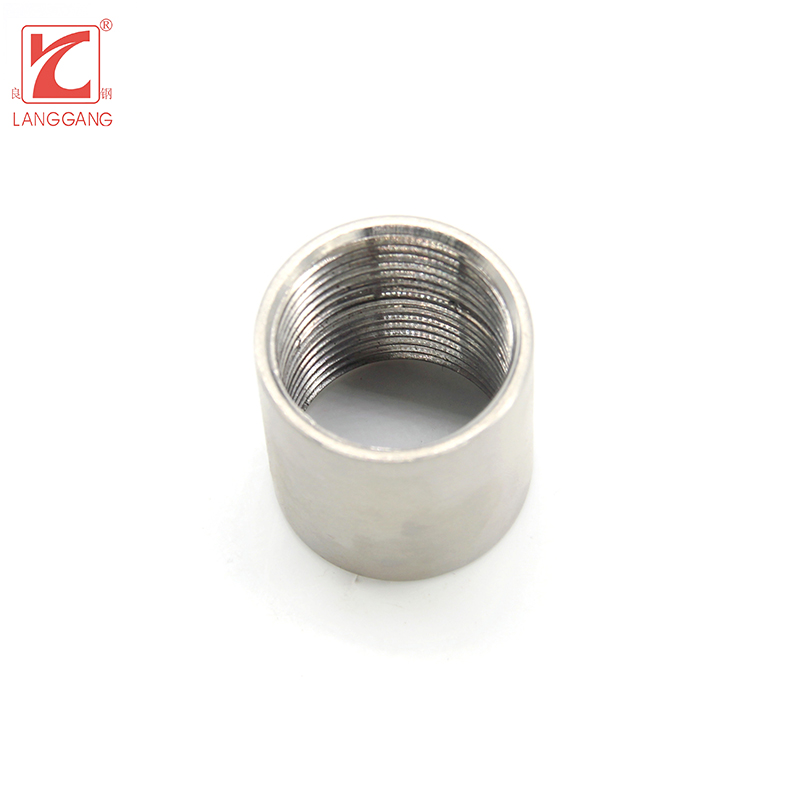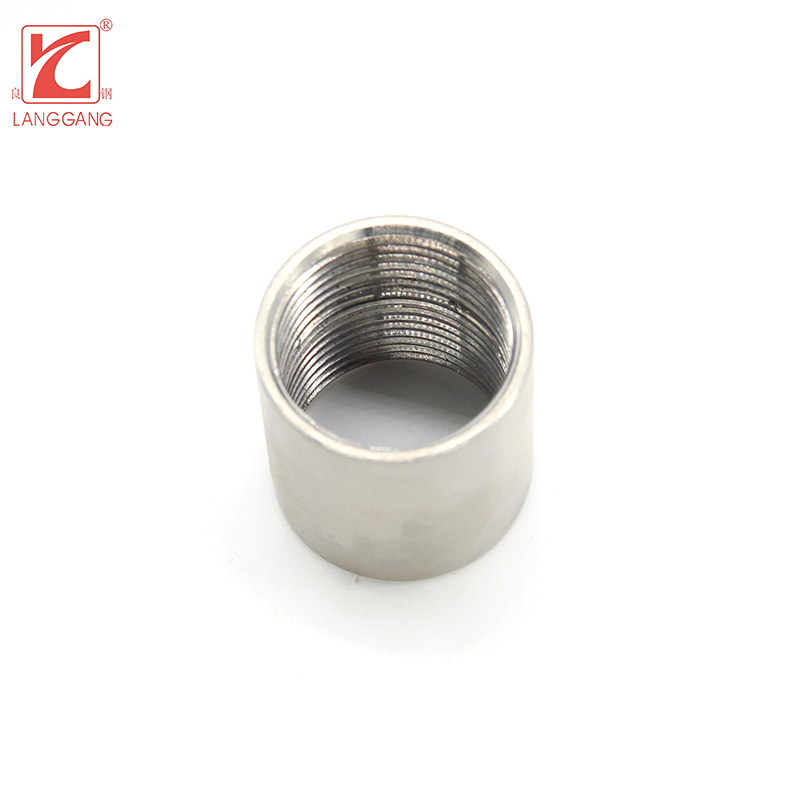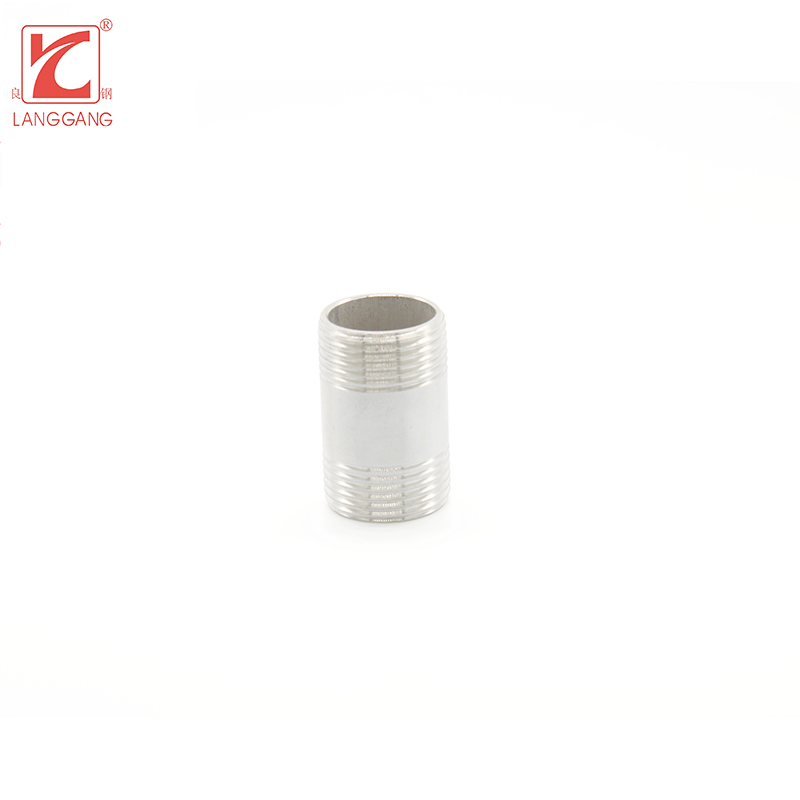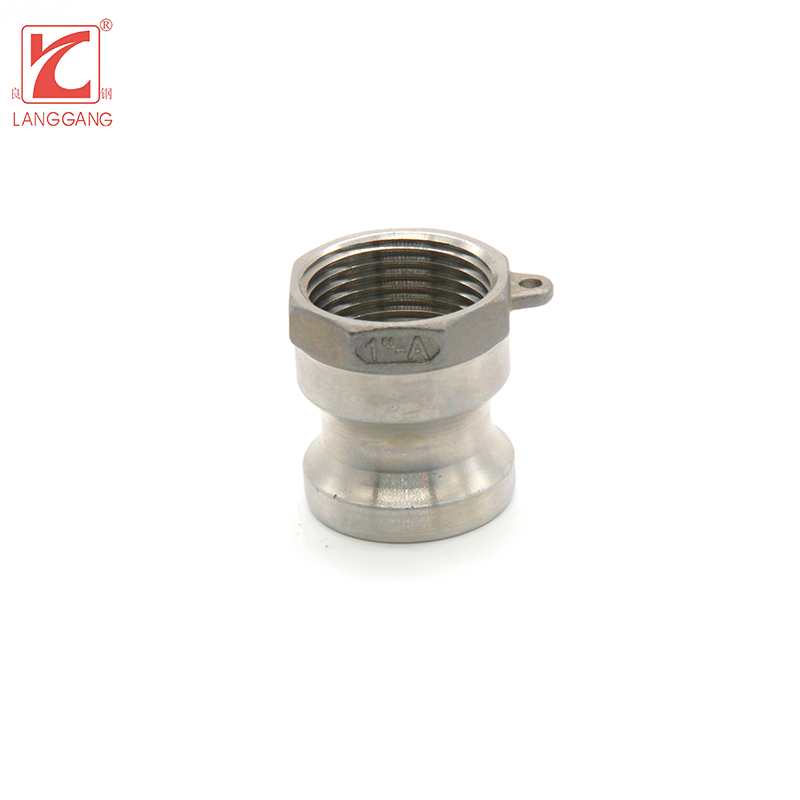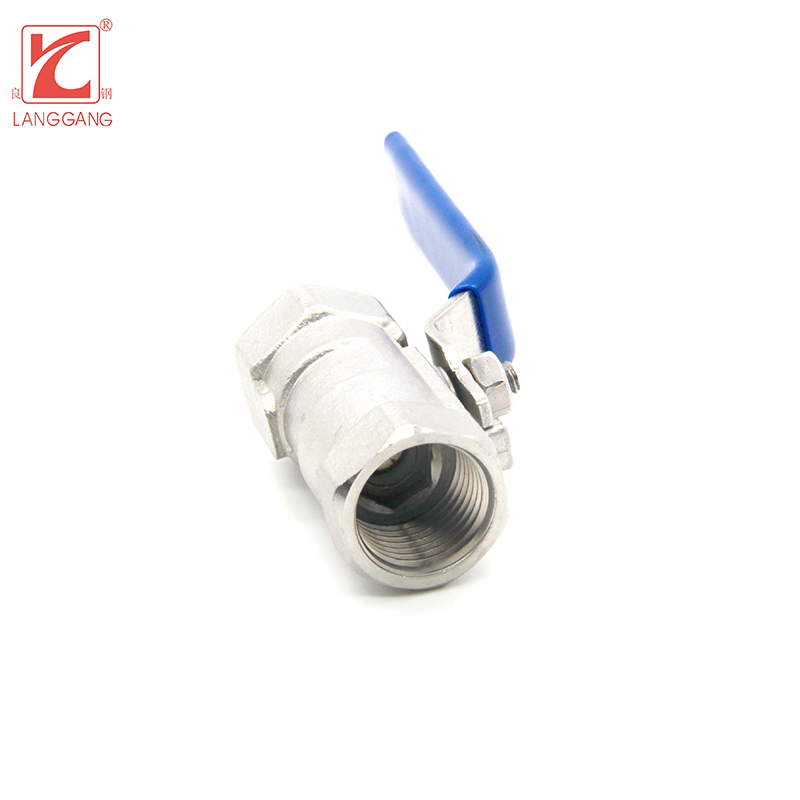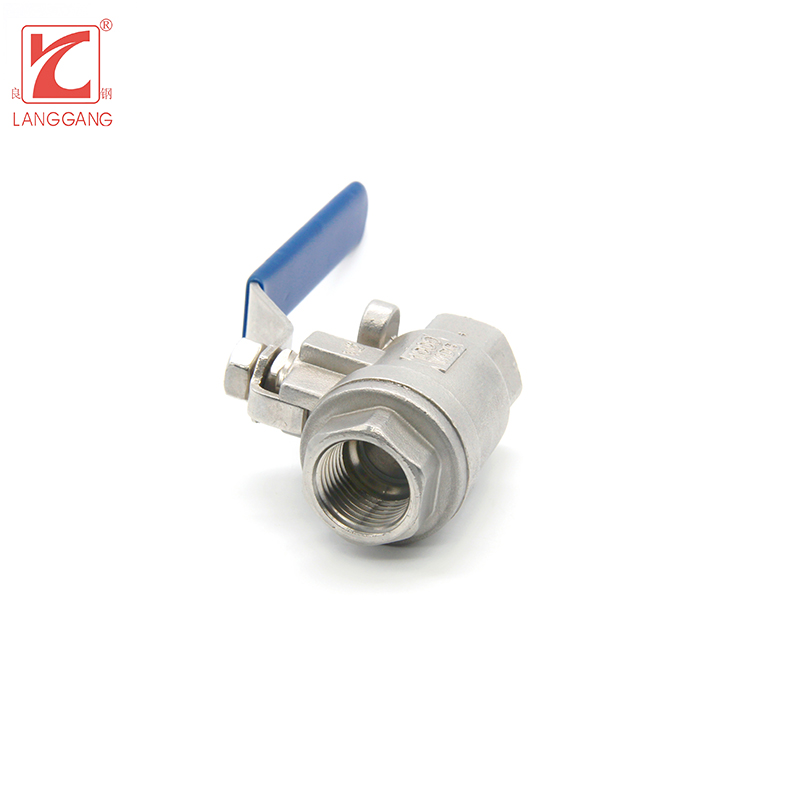What is a Y-strainer?
Introduction
A Y-Strainer is a type of mechanical filter that is used to remove unwanted particles and debris from a fluid stream. It is called a Y-Strainer because of its shape, which resembles the letter Y. The Y-Strainer is typically installed in a pipeline or process system and is designed to capture and hold particles that are larger than the mesh or screen size of the strainer.
The Y-Strainer is made up of a body, cover, screen or mesh, and a drain plug. The body of the strainer is typically made of cast iron, carbon steel, or stainless steel and is designed to withstand high pressure and temperature. The cover is bolted onto the body and can be easily removed for cleaning or maintenance. The screen or mesh is located inside the body and is designed to capture particles and debris. The drain plug is located at the bottom of the strainer and is used to remove any accumulated debris or sediment.
Strainers are commonly used in a variety of industries, including chemical processing, oil and gas, water treatment, and food and beverage. They are used to protect pumps, valves, and other equipment from damage caused by particles and debris in the fluid stream. Y-Strainers are available in a range of sizes and mesh or screen sizes to accommodate different flow rates and particle sizes. They are also available in different materials to suit different applications and environments.
Designs
Y-strainers are a type of mechanical filter that is commonly used in piping systems to remove debris, dirt, and other unwanted particles from fluids. They are designed with a Y-shaped body and a removable screen or mesh filter element that allows for easy cleaning and maintenance.
There are several different designs of Y-strainers that are available, including:
1. Threaded: Threaded Y-strainers are designed with female threads on both ends of the body, allowing them to be screwed directly into the piping system without the need for additional fittings.
2. Flanged: Flanged Y-strainers have flanges on both ends of the body, which allow them to be bolted onto flange connections in the piping system.
3. Socket weld: Socket weld Y-strainers are designed with socket weld connections on both ends of the body, making them ideal for high-pressure applications where a secure connection is essential.
4. Butt weld: Butt weld Y-strainers have butt weld connections on both ends of the body, which provide a strong and reliable connection between the strainer and piping system.
In addition to these basic design options, there are also variations in materials, sizes, and filter elements that can be used in Y-strainer construction. Some common materials include stainless steel, carbon steel, brass, and bronze, while filter elements can be made from wire mesh screens or perforated metal sheets.
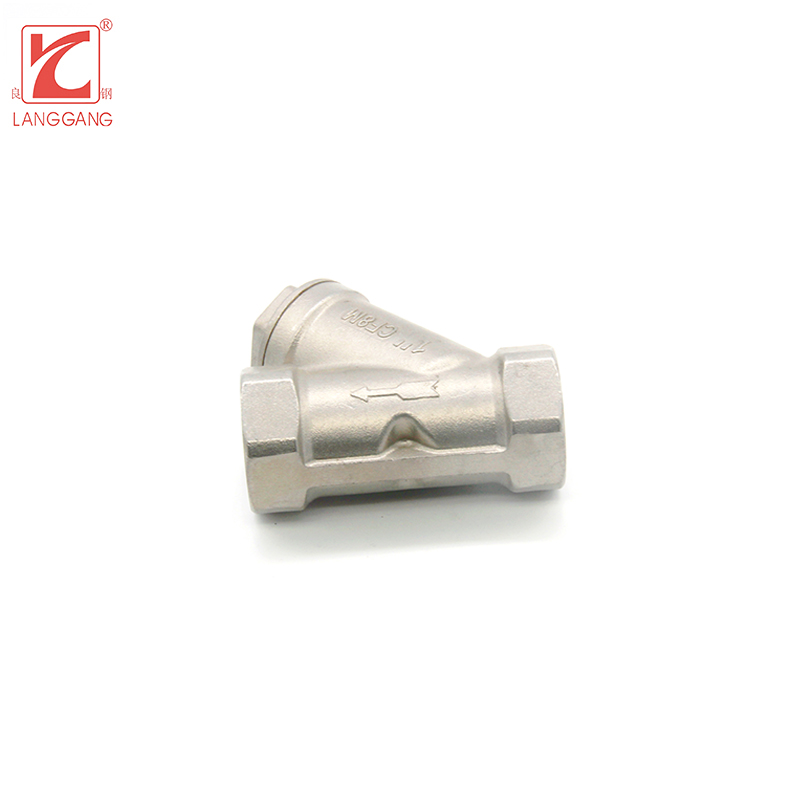
When selecting a Y-strainer design for a particular application, it is important to consider factors such as flow rate requirements, pressure ratings, material compatibility with the fluid being filtered, and ease of maintenance. By choosing an appropriate design based on these considerations and other relevant factors specific to the application at hand, users can ensure optimal performance and longevity from their Y-strainer over time.
Functions
The primary function of a Y-strainer is to protect equipment downstream by preventing clogging or damage caused by foreign materials.
Some of the key functions of Y-strainers include:
1. Filtering: Y-strainers are designed with a mesh screen or perforated plate that captures debris such as dirt, sediment, and other contaminants in the fluid. This prevents them from entering and damaging downstream components like valves, pumps, and meters.
2. Maintaining flow: As debris accumulates in the strainer, it can cause a pressure drop across the system if not removed. A clean Y-strainer helps maintain consistent flow rates throughout the piping system.
3. Reducing maintenance costs: Regular maintenance of equipment downstream can be costly due to frequent repairs or replacements required when debris enters these components. By using a Y-strainer upstream, these costs can be reduced significantly.
4. Extending equipment life: By removing harmful particles before they enter sensitive downstream components like valves and pumps, Y-strainers help extend their lifespan.
5. Protecting against corrosion: Some particles in fluids can contribute to corrosion on metal surfaces within a piping system. Y-strainers help prevent this corrosion by filtering out these harmful particles.
6. Improving product quality: In some industries, such as food and beverage production or pharmaceuticals manufacturing, maintaining high-quality standards is crucial for safety and regulatory compliance. Using a Y-strainer ensures that unwanted impurities are removed from fluids used in production processes.
The main function of a Y-strainer is to ensure that fluids flowing through a piping system remain free from debris and other contaminants that could cause damage or impair performance downstream.
Why Stainless Steel?
We use stainless steel to produce Y-strainer due to its desirable properties and characteristics. Some of the reasons for using stainless steel in adaptor pipe fittings are:
1. Corrosion resistance: Stainless steel has a high resistance to corrosion, which makes it a popular choice for use in environments where there is exposure to moisture or harsh chemicals. This property helps make Y-strainer suitable for use in plumbing applications.
2. High strength and durability: Stainless steel is a tough material that can withstand high pressures without breaking down. As such, Y-strainer made from stainless steel are durable, long-lasting and can work effectively under demanding conditions.
Sanitary applications: When used in food processing plants or other sanitary applications, stainless steel is an ideal choice because it does not react with most substances. It's non-porous nature allows for easy cleaning, ensuring that no contaminants build up even after prolonged use.
Conclusion
The advantages of using Y-strainers include improved system performance and efficiency, reduced maintenance costs, enhanced product quality and safety, and versatility across different applications.
LGfittingvalve is a professional Y-strainer manufacture provides all kinds of Stainless Steel pipe fittings and valves.We use stainless steel to produce Y-strainer,ensuring its maximum durability. Feel free to contact us if you are looking for Y-strainer for your project or store.


